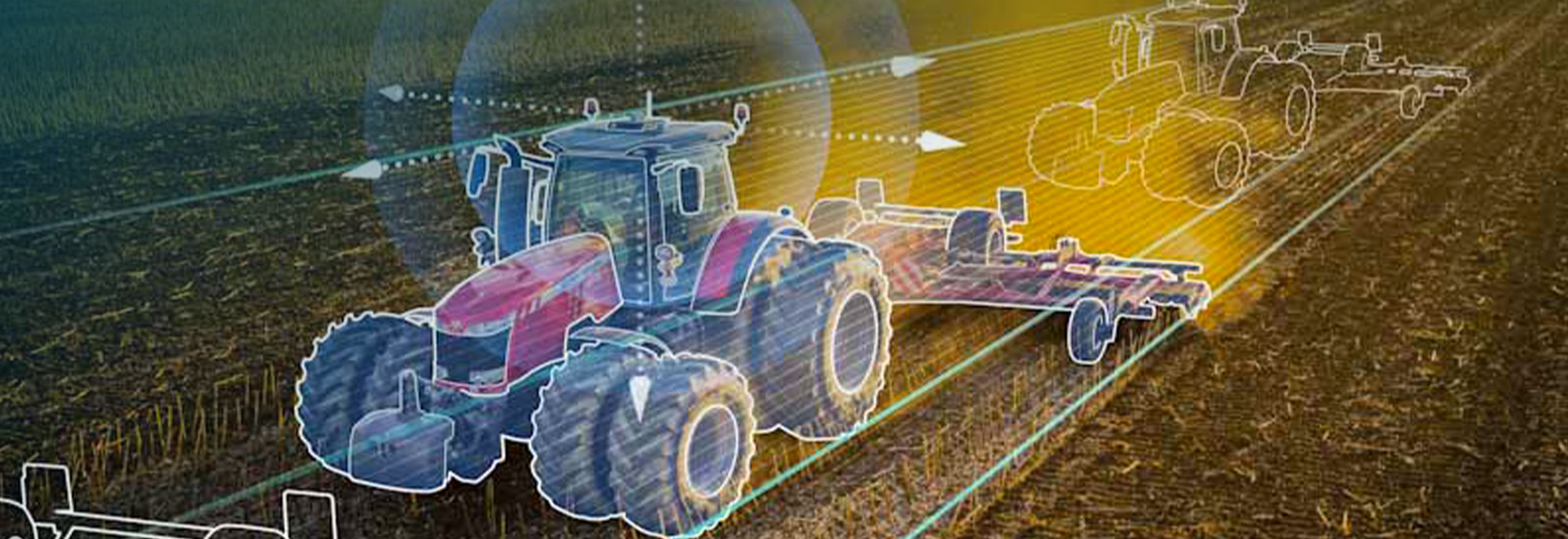Three technologies to maintain agricultural productivity amid a challenging economic scenario
The expectation is that the sector's PIB will advance at a slower pace this year — in the first quarter, a drop of 0.8% was recorded.

Brazilian economy does not have very good expectations for 2022. According to World Bank projections, Brazil will have the lowest growth rate among emerging and developing countries. In this context, even agribusiness should suffer impacts, even though it is one of the fastest growing sectors in the country. According to estimates by the Confederation of Agriculture and Livestock of Brazil (CNA), the segment's Gross Domestic Product (GDP) should advance at a slower pace amid higher costs for production.
In the first quarter of the year, expectations were confirmed with a drop of 0.8% in agribusiness PIB, according to CNA's records and the Center for Advanced Studies in Applied Economics (Cepea). Due to a challenging scenario, producers and agricultural managers need to focus on increasing their processes efficiency.
“Due to national and international importance, the agricultural market is very competitive, and now it is going through a period in which it is even more important maintaining productivity while reducing expenses and waste. For this, it is essential to count on the support of technological solutions”, comments Bernardo de Castro, president of the Hexagon’s Agriculture division, which develops and supplies agricultural and forestry technologies.
Check out three agribusiness processes that can be optimised with the help of innovative solutions.
1 - Optimised planning with software support
“Planning each stage of production optimally, calculating possibilities and variants and closely monitoring operations is essential. Even though they do not prevent accidents, these actions allow a higher rate of successes in decision-making and agility in responding to conflicts, avoiding major losses in the crops”, explains Bernardo de Castro.
Currently, there are already specific softwares to assist in planning all agribusiness operations. Technologies for plant planning, for example, are able to analyze production areas, point out reform needs, indicate the ideal soil and varieties for planting and calculate yield curves, generating greater predictability in inputs and equipment costs. Already thinking about the harvest, the systems help building plans that consider issues such as estimated production by area, maturation curves, geographic distribution, weather forecasts and even market demand.
Another optimised planning advantage is the comparison with historical data from previous crops, which helps in predicting and correcting mistakes previously made.
2 - Controllers for waste-free fertilisation and spraying.
In addition to climate variations, issues such as inputs waste and pests influence on the crop were some of the most cited problems in the Rural Producer Habits survey, carried out by the Brazilian Association of Rural Marketing and Agribusiness (ABMRA). In this sense, a technology that can make a difference is application controllers.
A fertiliser controller, for example, intelligently regulates and automates these inputs application, allowing each soil part to receive the ideal amount of substances according to its characteristics and eliminating waste by up to 20%.
In a similar way, there is also the spray control technology, which helps fighting against invasive plants, pests and diseases in the fields, solving another problem pointed out by the producers. This controller ensures the ideal dosage distribution of pesticides without application failures and also promotes an automatic shutdown of the spraying section in overrun situations. “As the herbicides purchase, insecticides and fungicides weighs heavily on the pocket, this certainty that the pesticides will be used on target and in the ideal amount make all the difference to profitability”, points out Bernardo.
3 - Monitoring systems for efficient management
Productivity issues, use of different inputs, fuel consumption, machine maintenance, cash flow and so on: managing an agricultural operation is very complex, especially when dealing with large productions. In most cases, having a strategic vision is only possible with technology help.
Through sensors and onboard controllers integrated with agricultural machinery, systems generate data and provide reports, maps, graphs and exportable tables, allowing an accurate understanding of the processes that take place in rural areas, whether in the planting, cultivation or harvesting phase. “With this information visualisation and cross-referencing, task management becomes much simpler and decision-making much more accurate.
The most sensitive production stages are identified and the necessary actions to adjust them can be carried out quickly by the farmer”, emphasizes Bernardo de Castro.
Today, with innovations advance in the field, telemetry and connectivity already allow this data collection and sharing in a continuous way and in real time with remote command centers, where operators teams can stay connected with field activities even from a distance In addition to assisting in performance analyses, this solution allows notifications issuance and irregularities alerts, incidents or problems in the machines in real time, ensuring a more agile intervention whenever necessary.